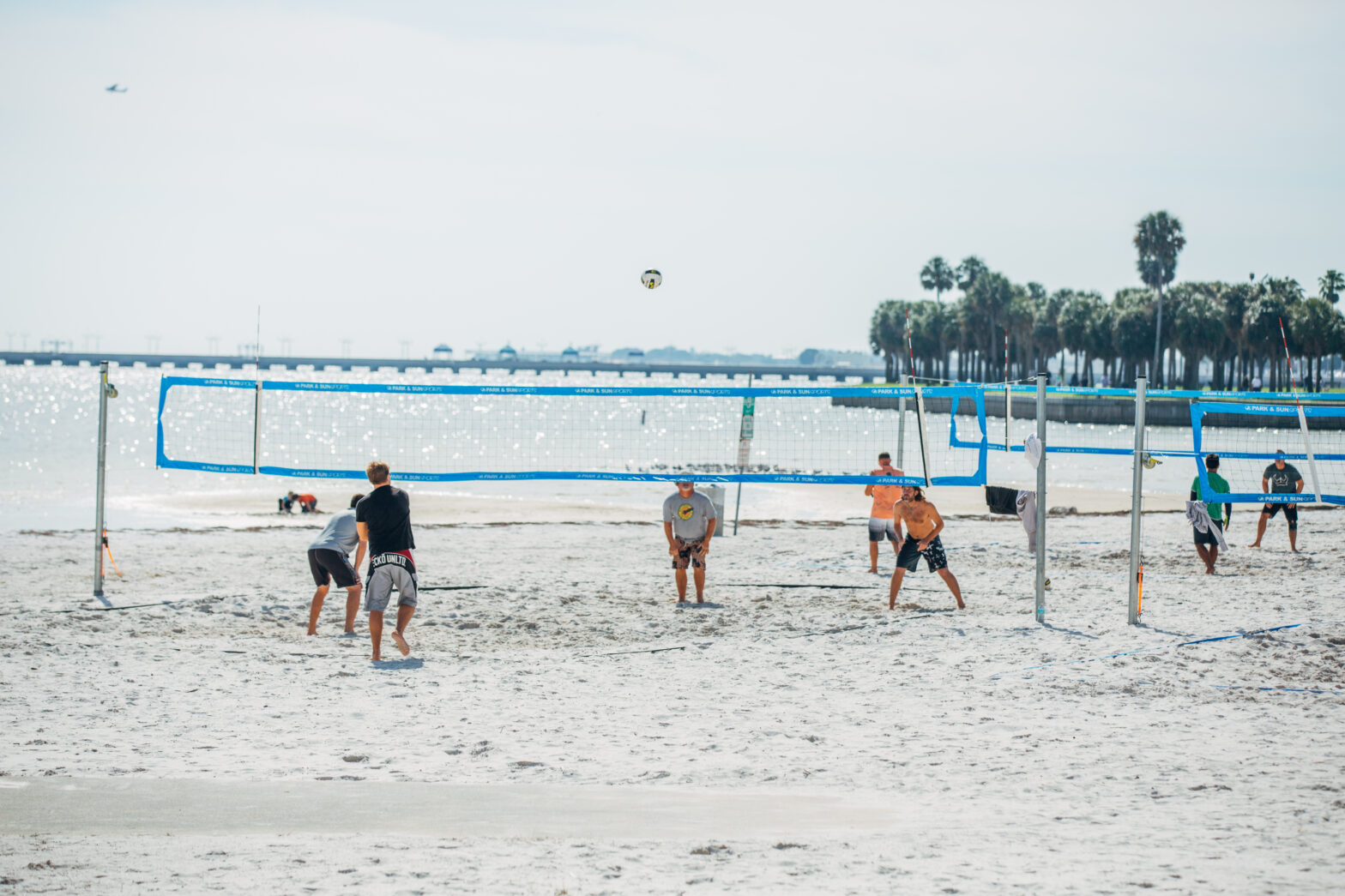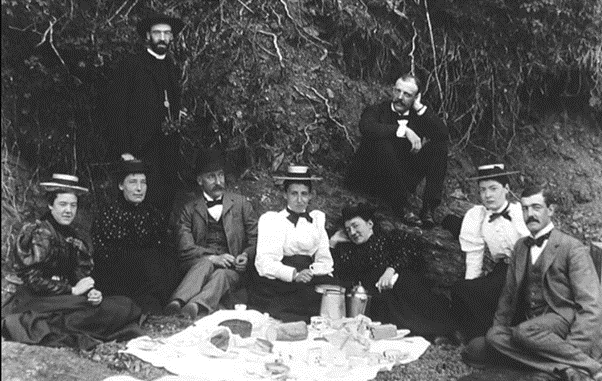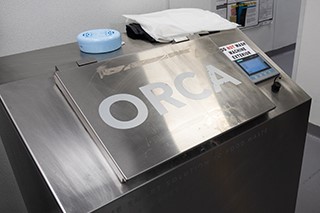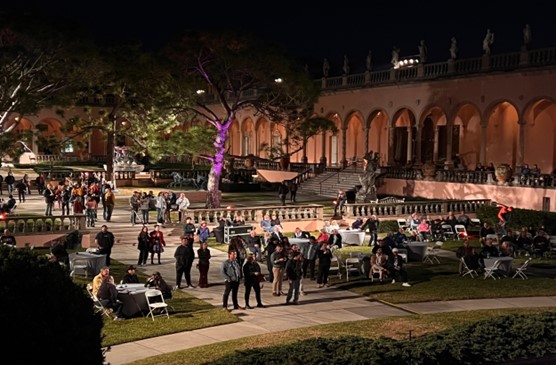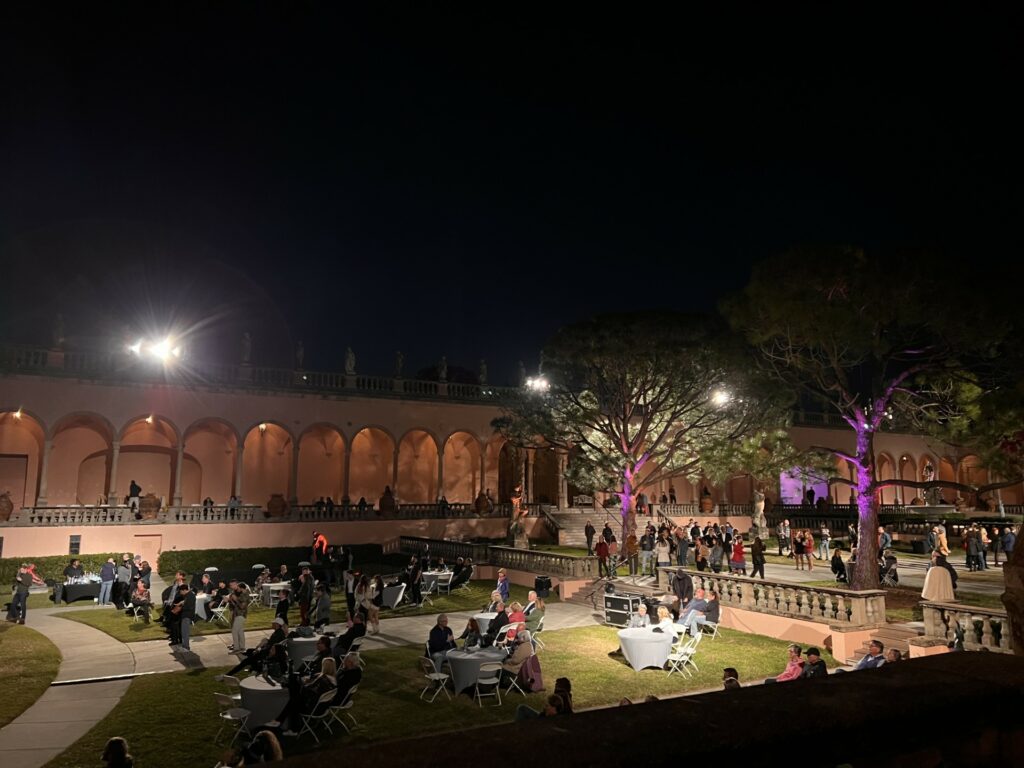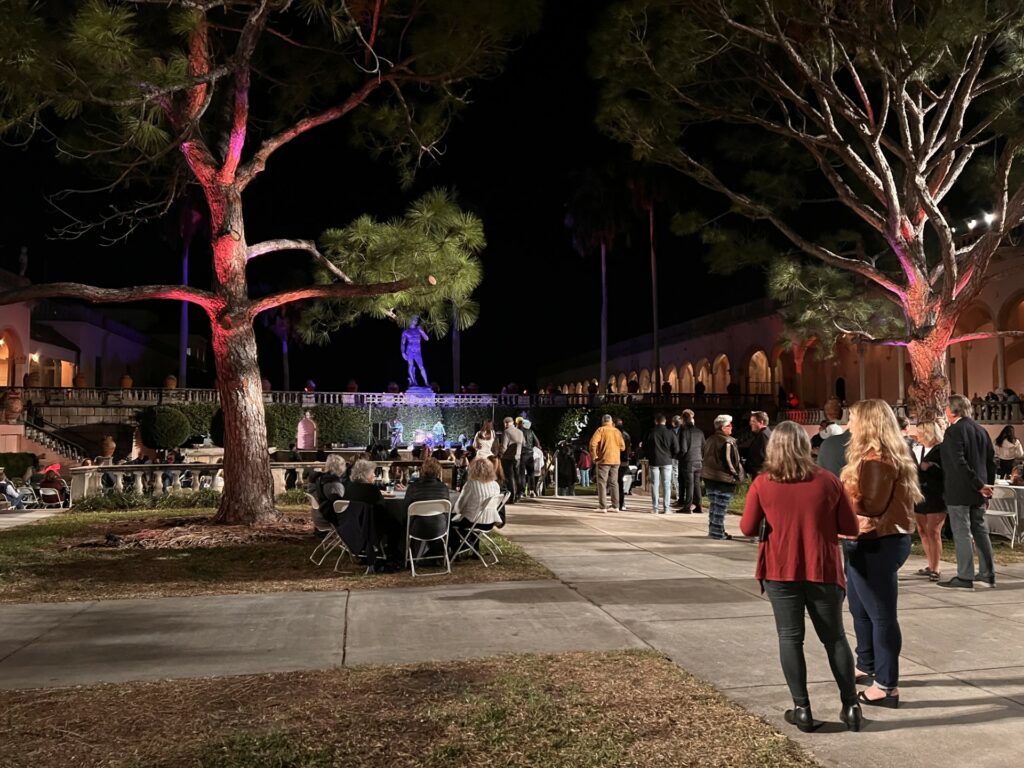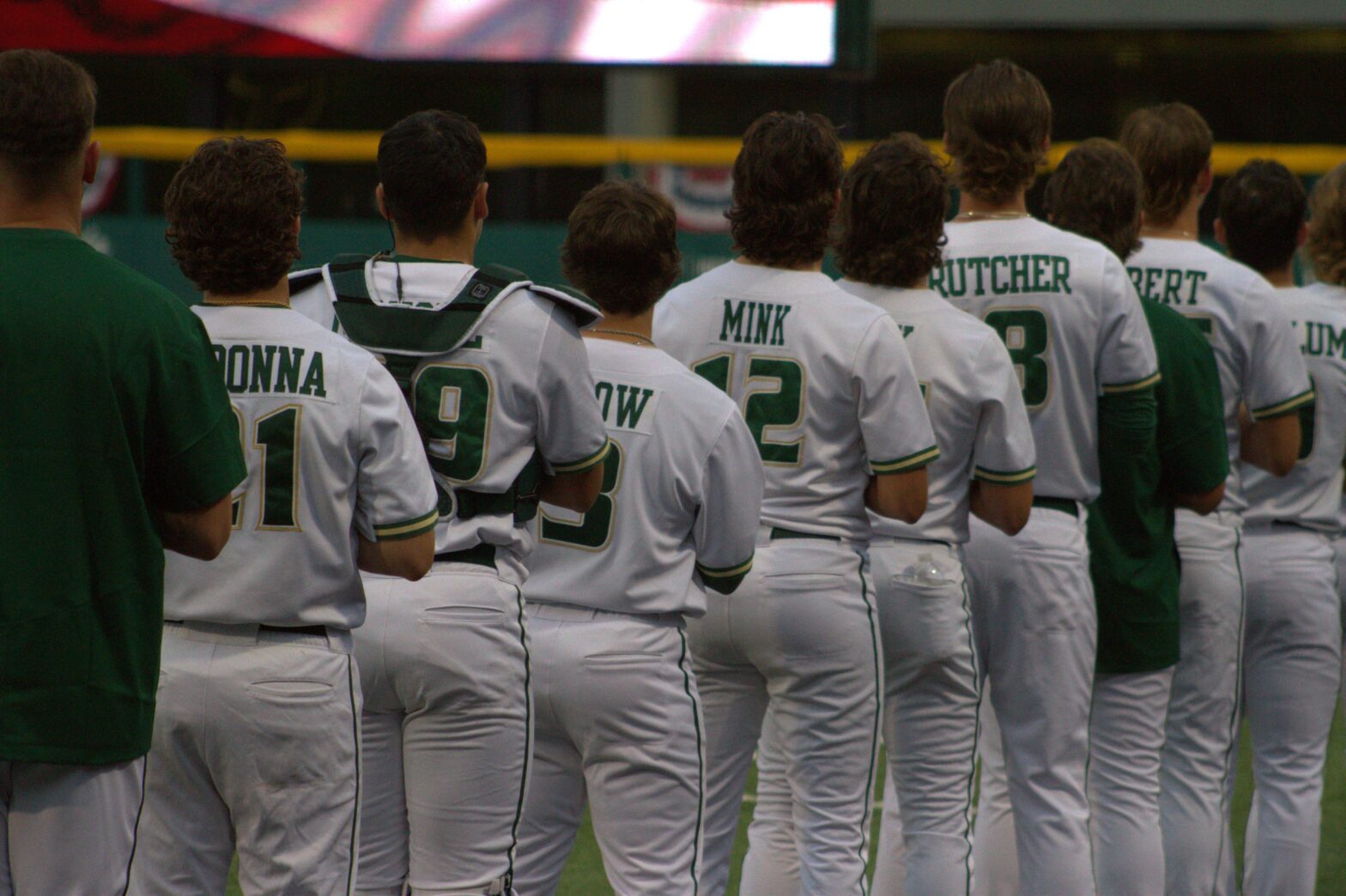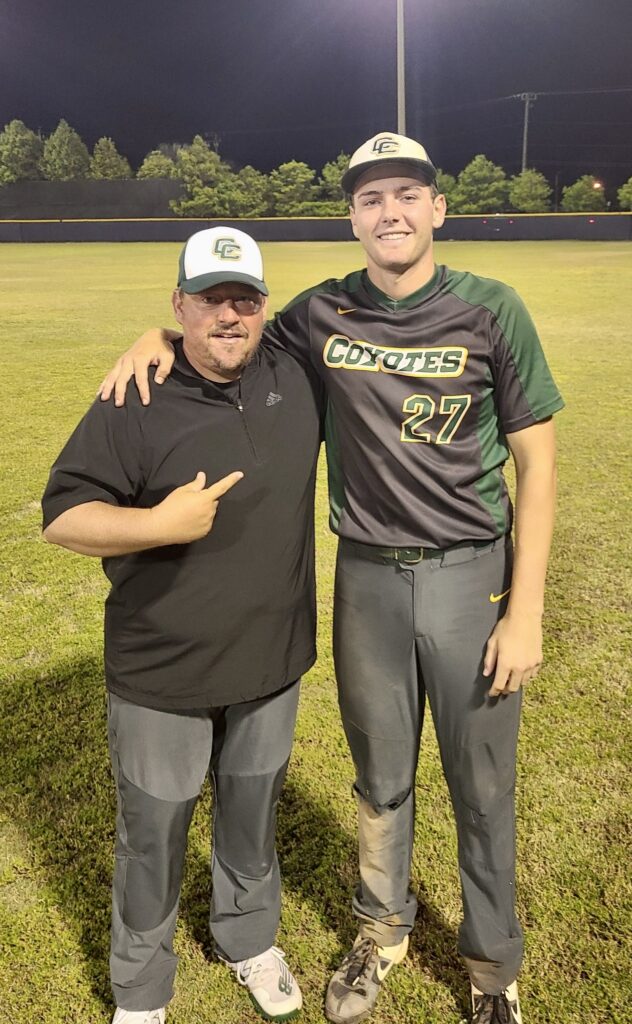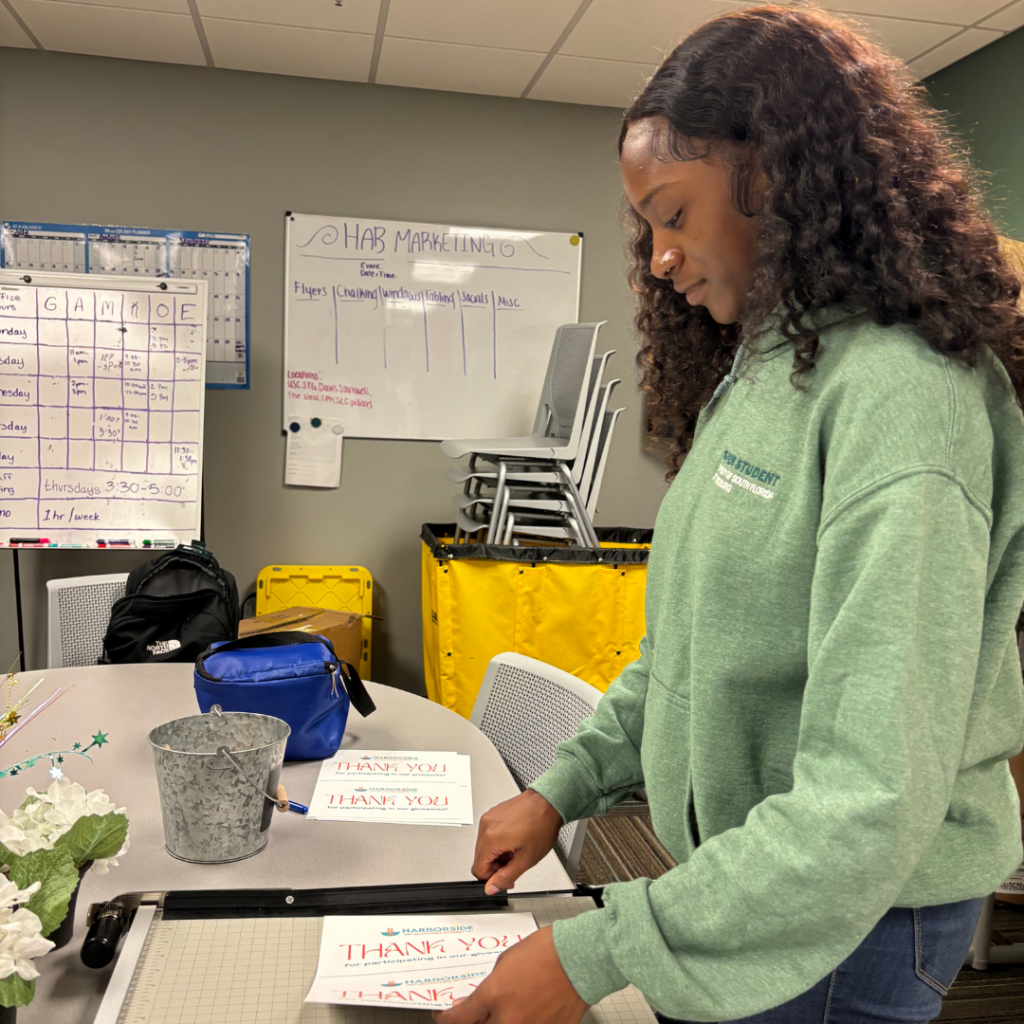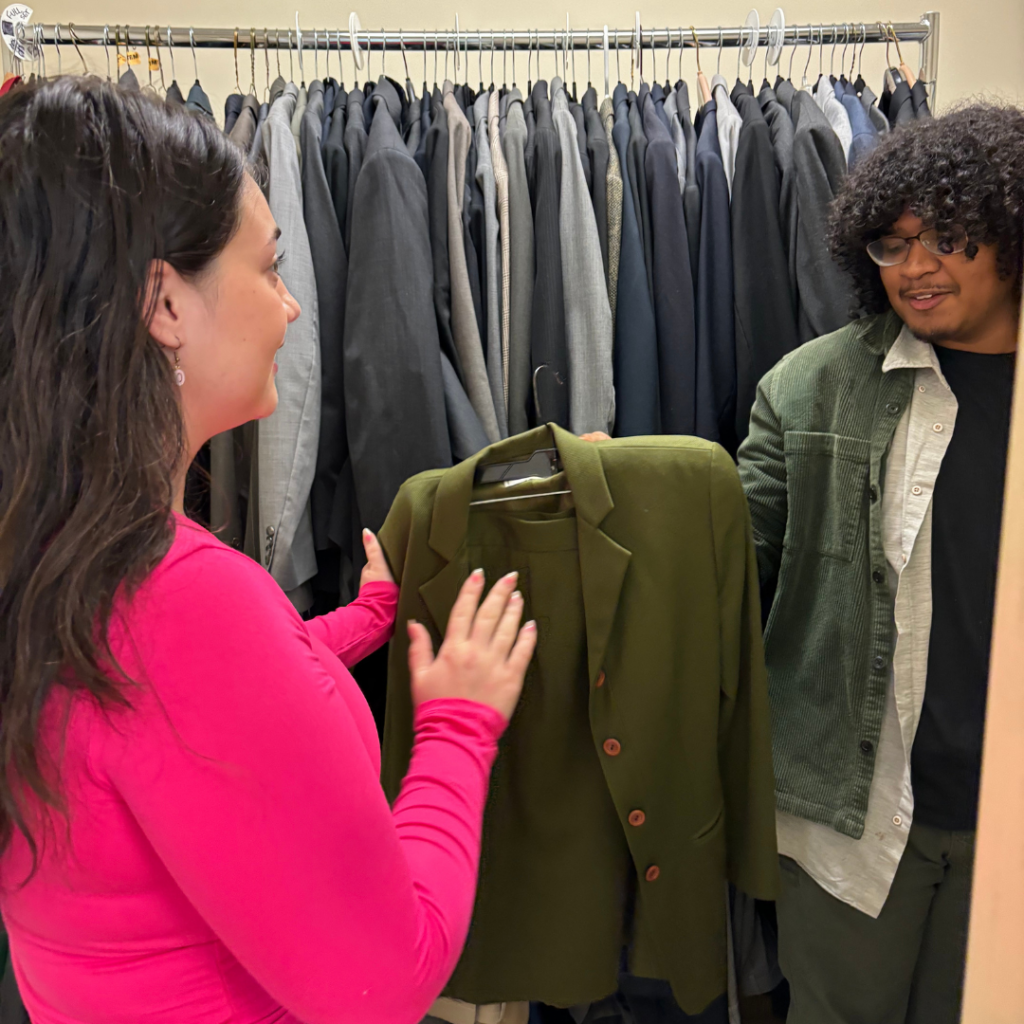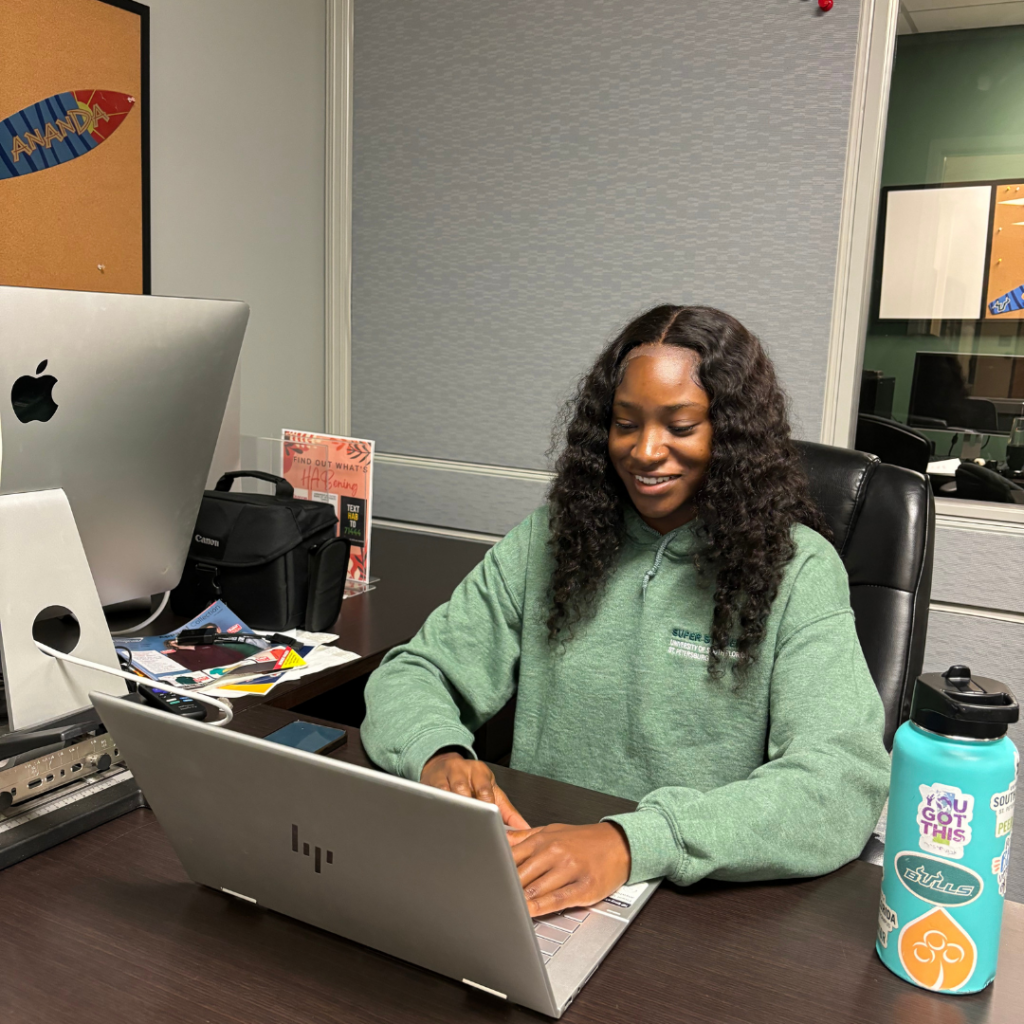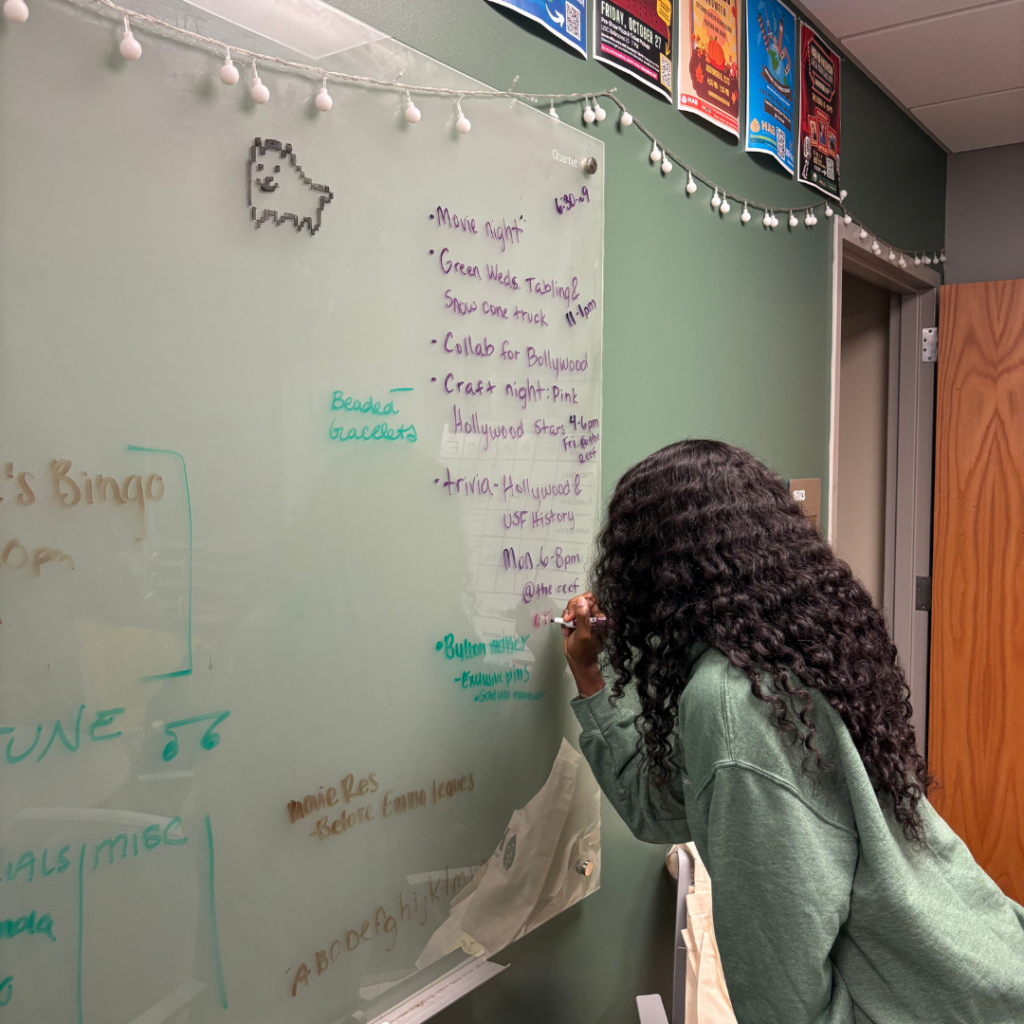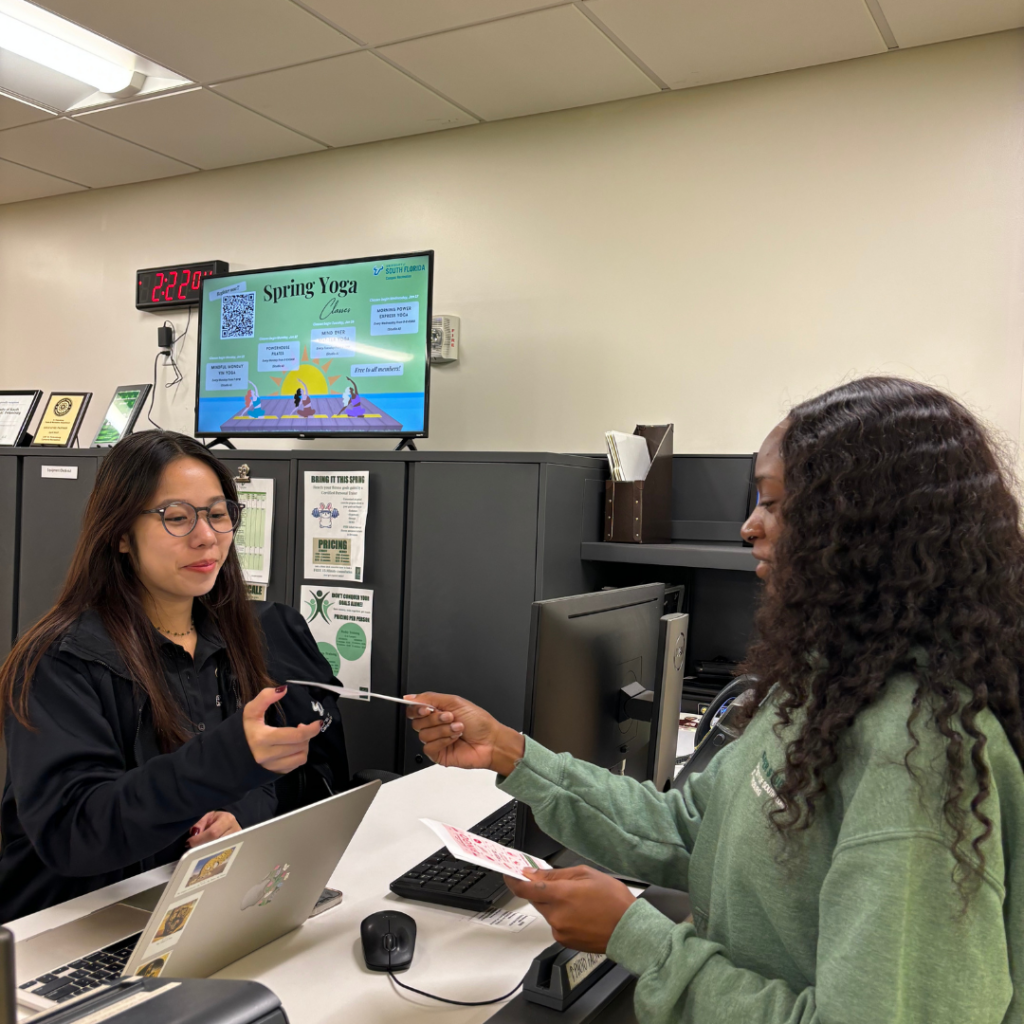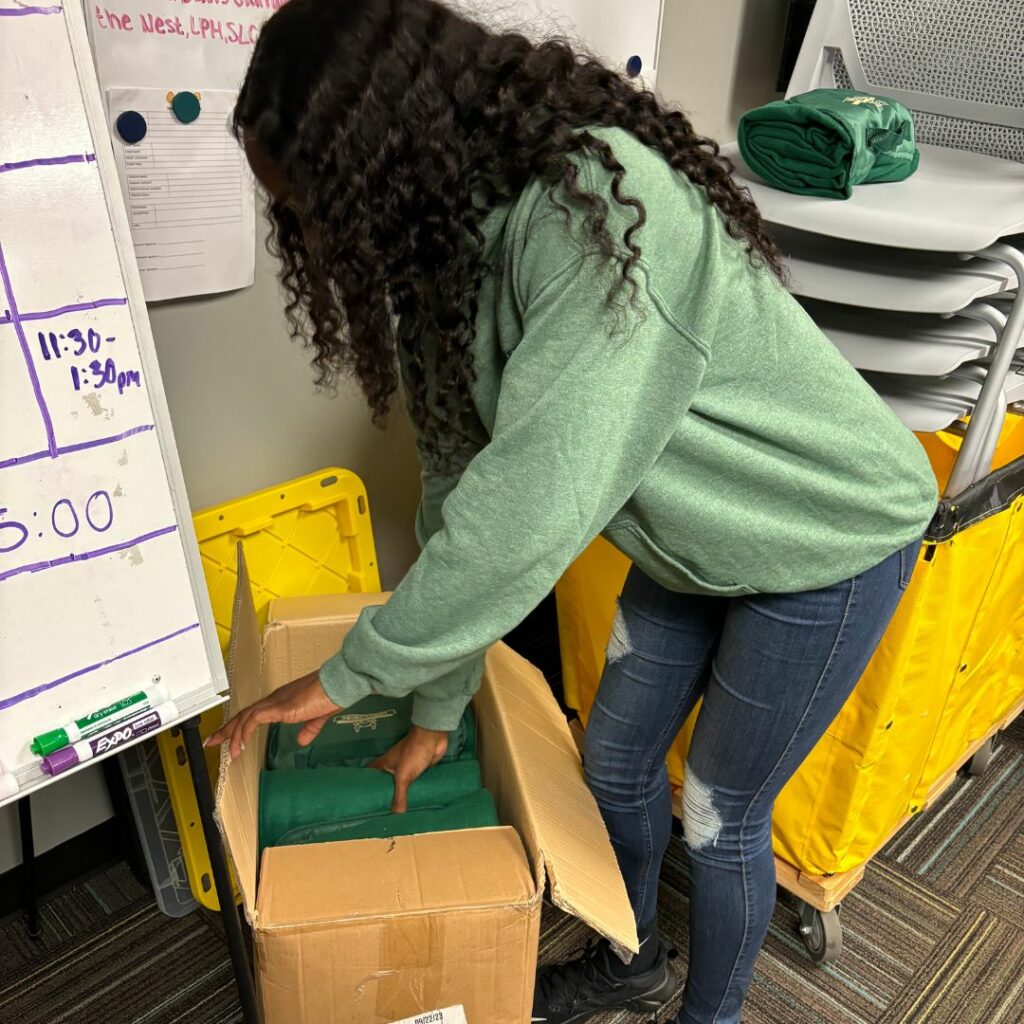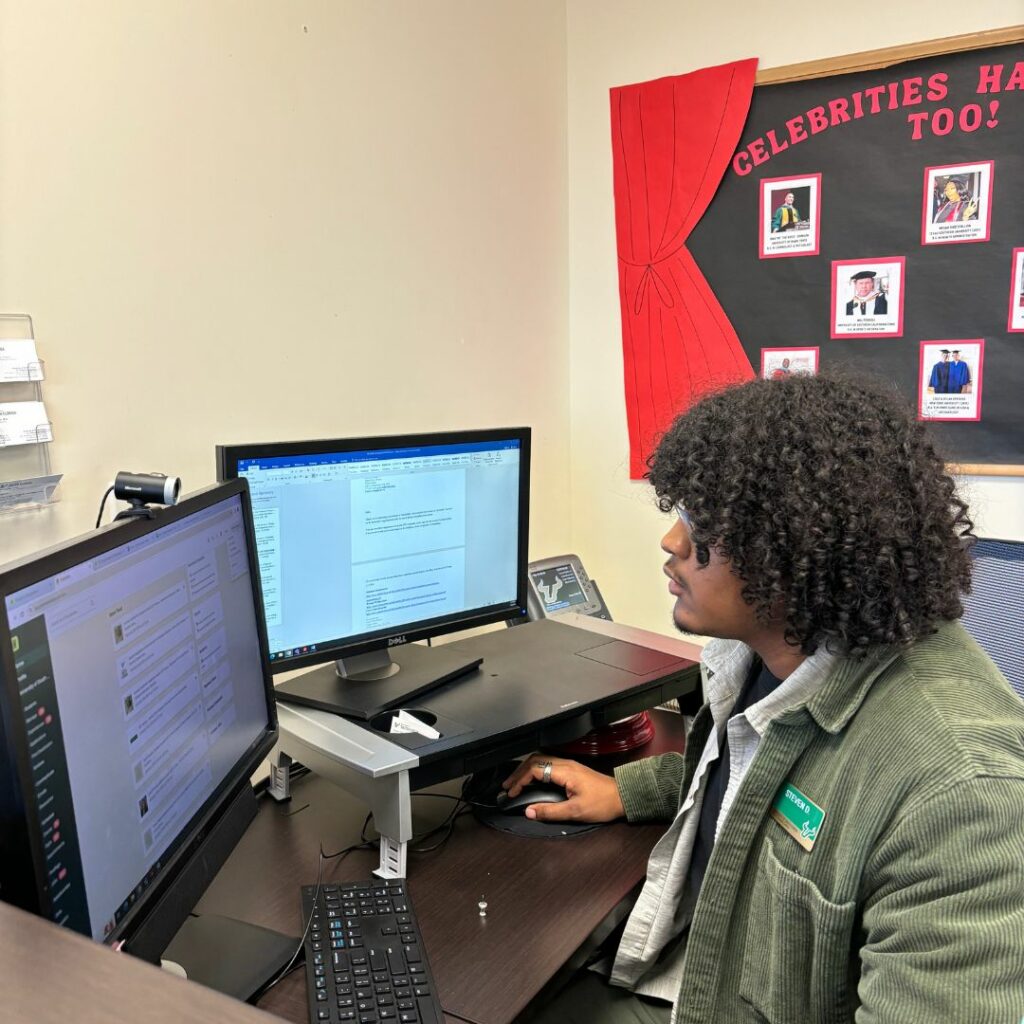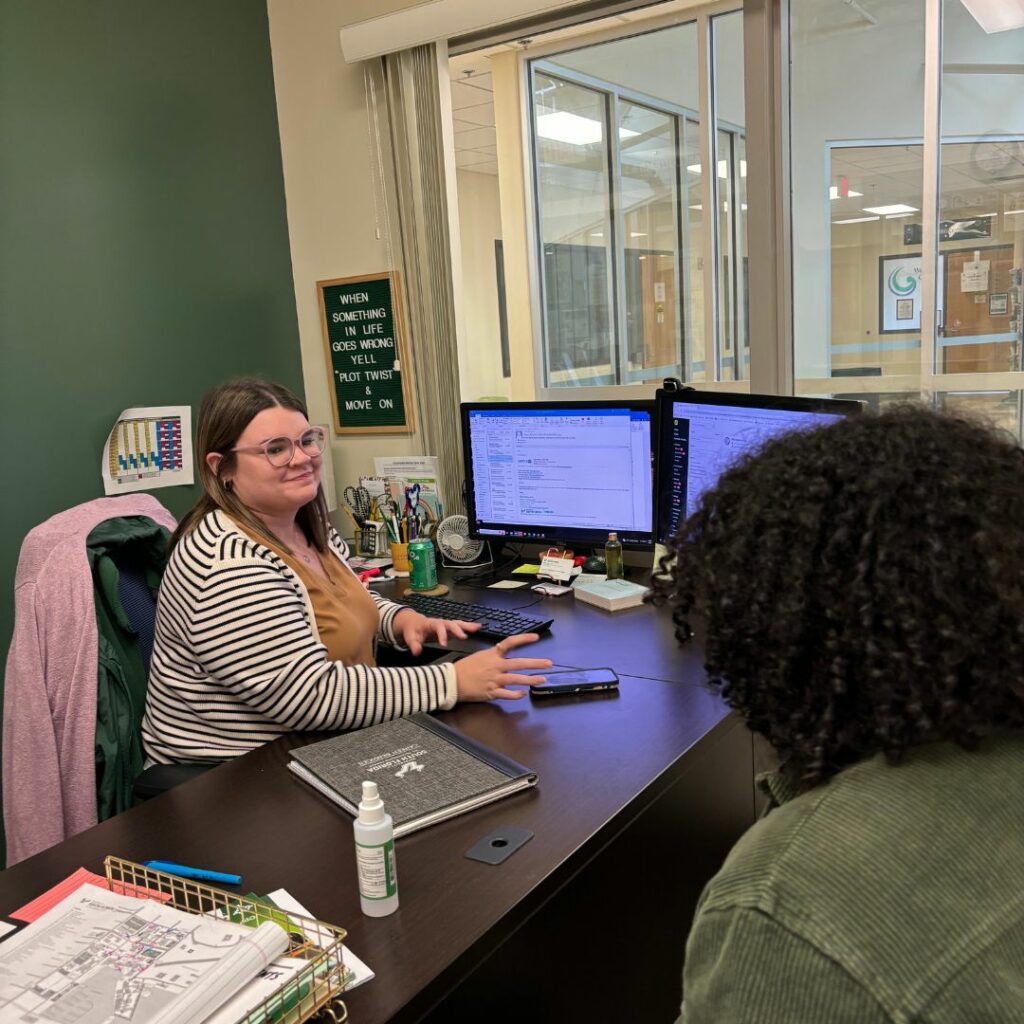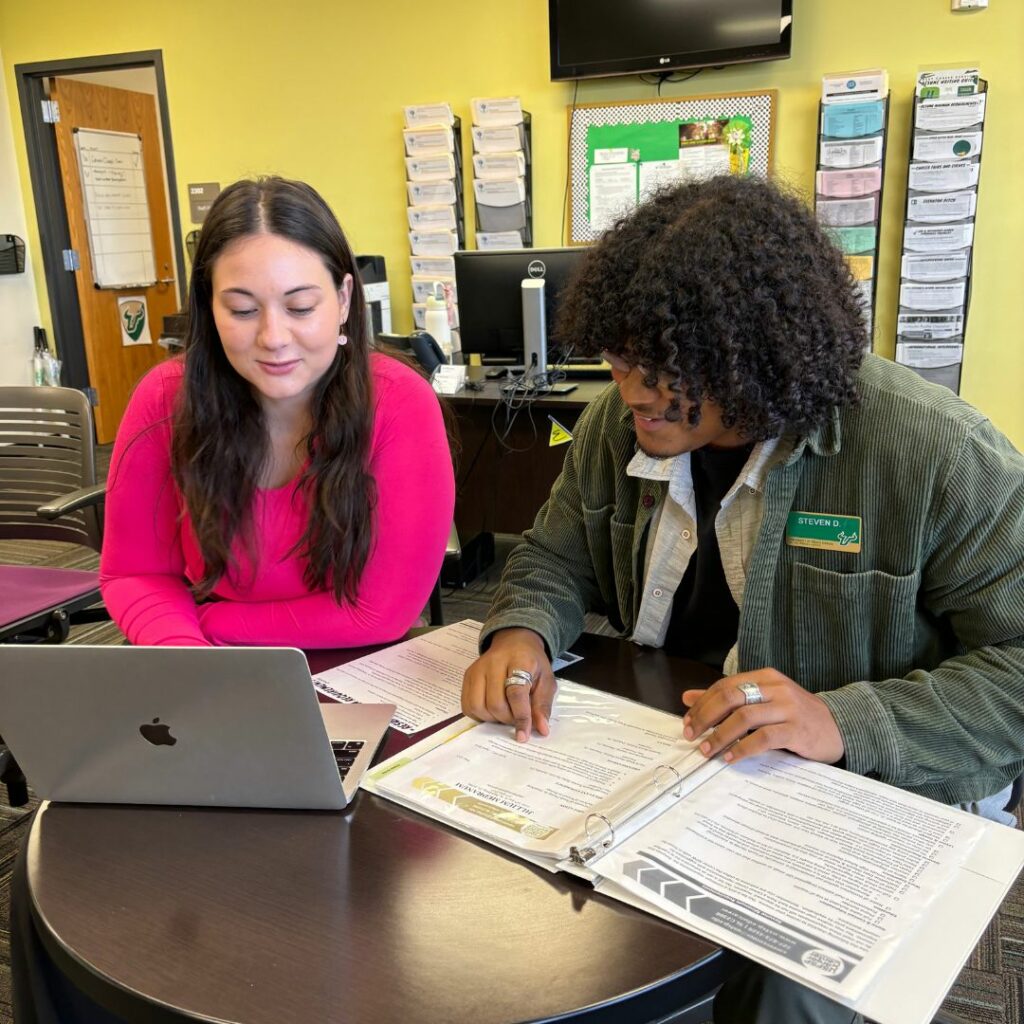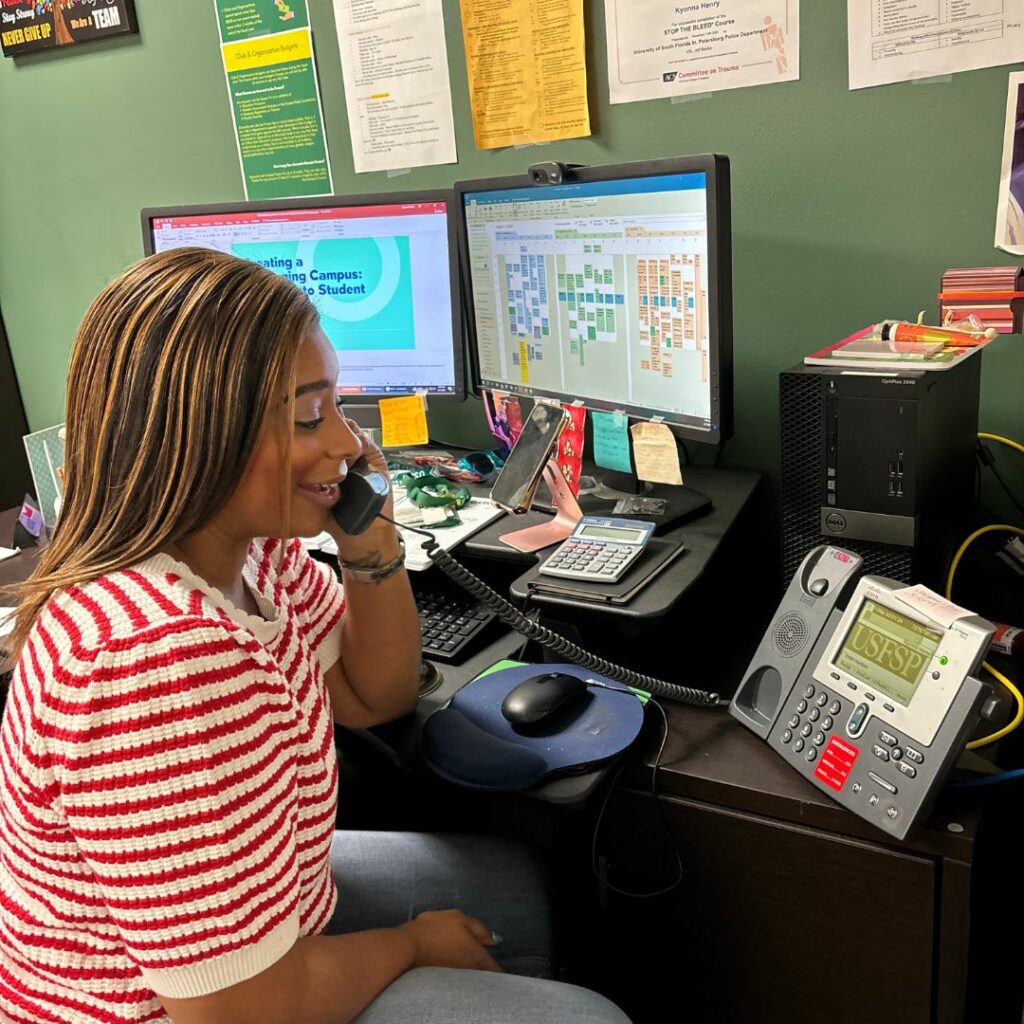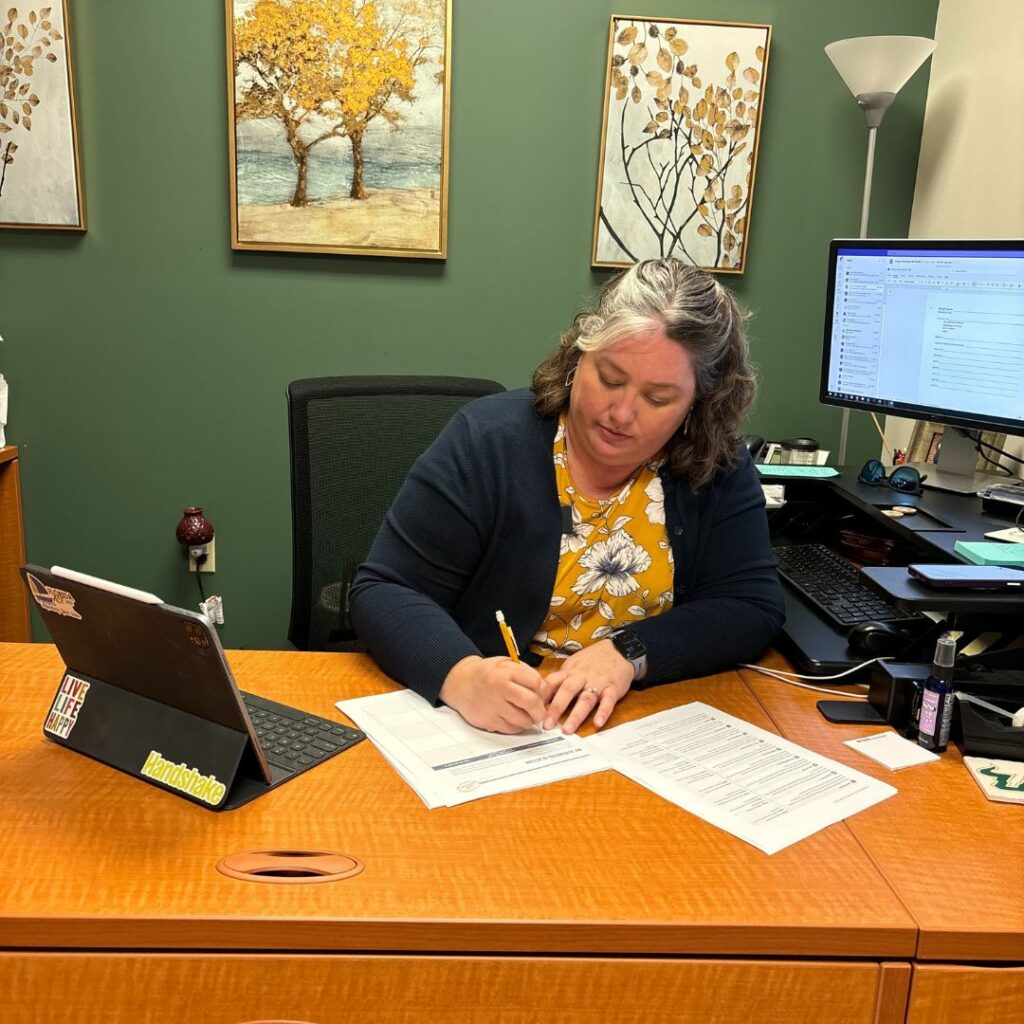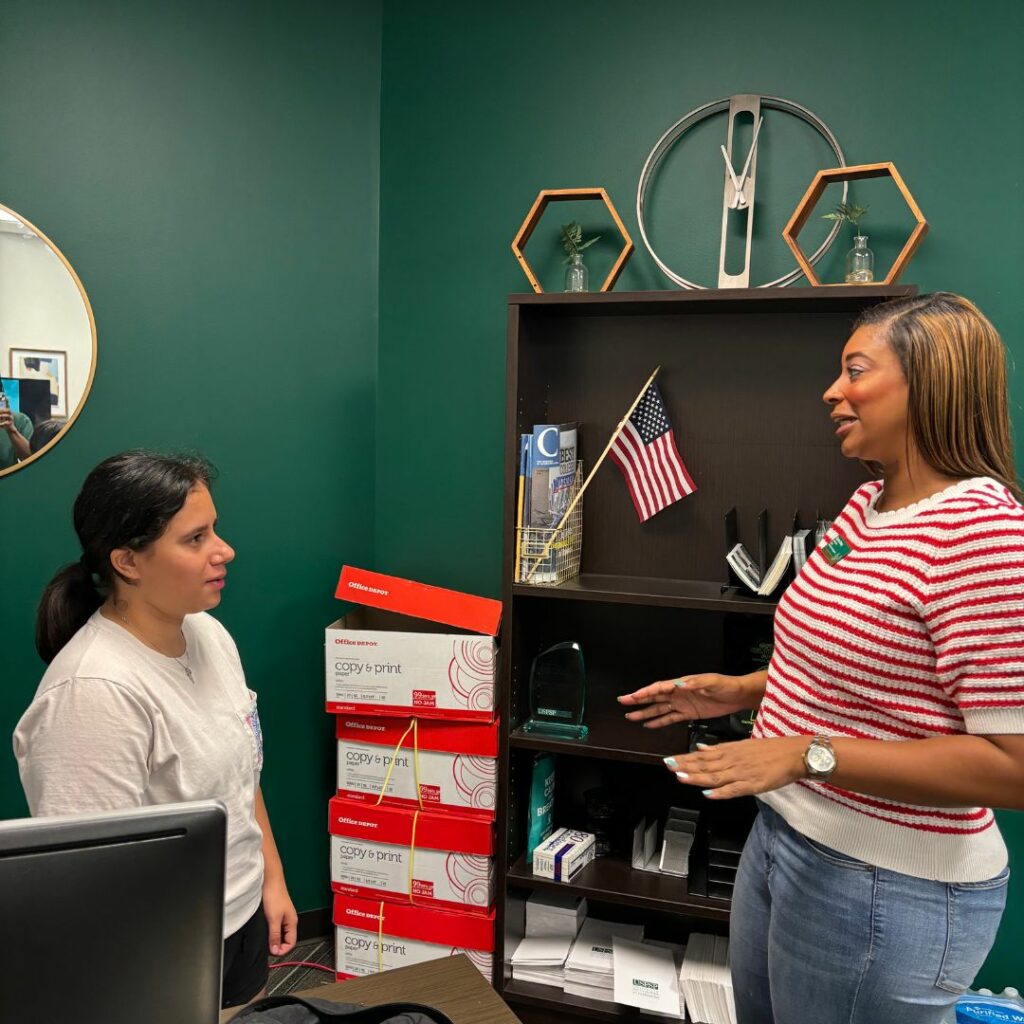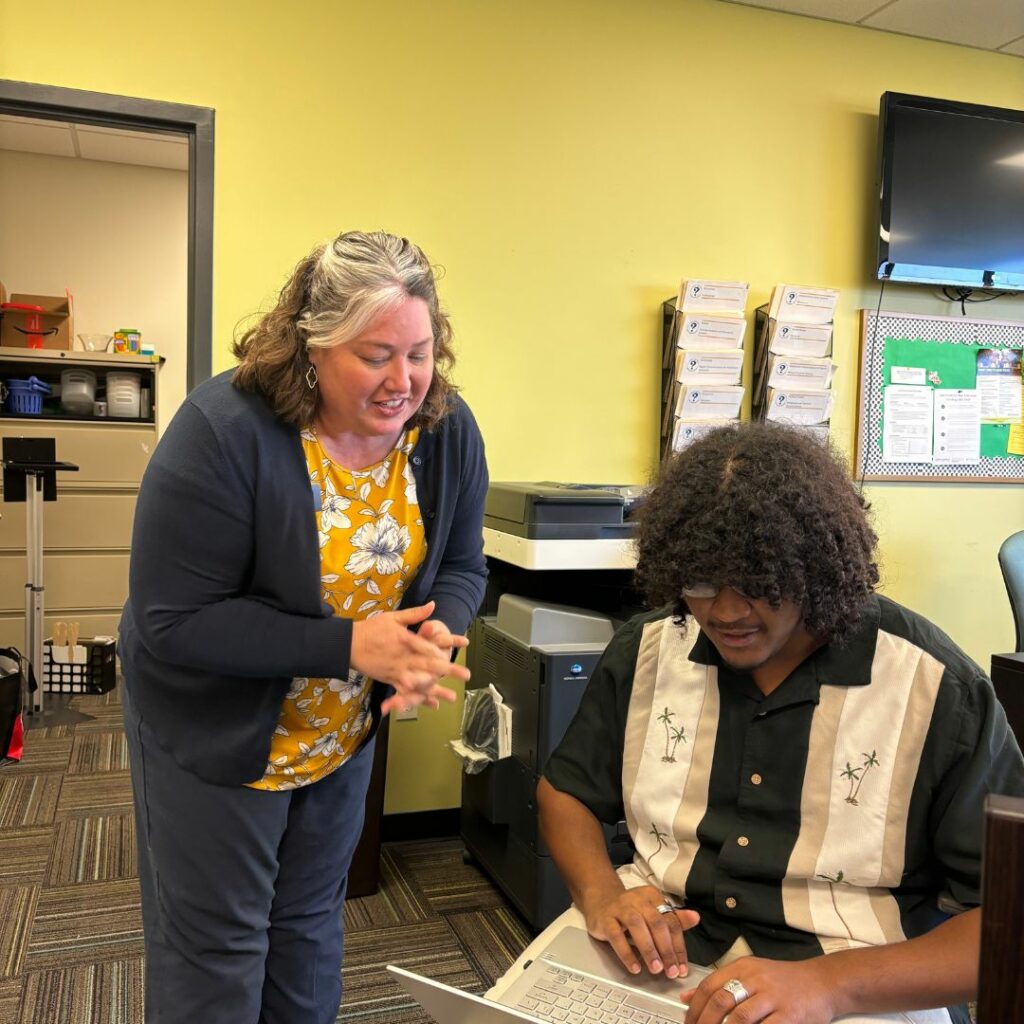Still shaking off the effects of the COVID-19 pandemic, Tampa’s Gen Z graduates are beginning to enter the workforce. But are they ready to face the challenges that await?
By Joshua Rivera Community & Culture Beat Reporter
TAMPA – From the comfort of her ring-light-lit dining room table, 25-year-old Savannah Miller takes part in an increasingly common ritual for people her age: She’s interviewing for a job. A few hours later and from the same spot at her table, Miller shared her thoughts.
“I think it went well,” she said cheerfully.
Beneath the cautious optimism, however, lies a faint, yet unmistakable tinge of doubt. She can’t be blamed for it; it was her 10th interview in five months.
Miller, a Tampa native, earned her master’s degree in sustainability and management abroad in the United Kingdom. She graduated in October 2023 and has been pounding the digital pavement on LinkedIn ever since.
The process, she says, has been a difficult one.
Miller is not alone in her sentiment. Despite constant news blasts about promising economic figures and job growth, Miller and her other Gen Z peers have been left scratching their heads as their efforts drag on for months.
A study by Randstad US reveals that this seemingly slow-going pace is actually on par with the typical job search. They note that the average job hunt lasts about five months—a milestone Miller has recently achieved, but it’s clear that the grind has been taking its toll on her optimism.
Unfortunately, Miller and other Gen Z college graduates may be in for an even longer slog, according to a study by Intelligent Research Group. Their survey of hundreds of employers reveals that some hiring managers are turned off by Gen Z applicants.
The culprit lies in the generation’s supposed lack of interview skills and etiquette—everything from not making eye contact and wearing improper attire to leaving their cameras off during online interviews.
The study blames these shortcomings mainly on the lasting impacts of isolation and the shift to online-only interactions during the COVID-19 lockdowns. These measures were enacted right as many Gen Z students were finishing their studies and looking ahead to the workforce.
While Miller has done well to recover from the effects of the COVID-19 lockdown, it seems that the damage has already been done in the eyes of her potential employers. This may force her to work harder and longer than older workers to overcome these initial perceptions.
Gen Z must also contend with another, admittedly self-imposed challenge on their job hunts—achieving a desired work-life balance. In a survey from GOBankingRates, 42% of Gen Z workers reported that work-life balance and flexibility— not salaries and bonuses— were top priorities. A finding that Zephyrhills resident Skye Jenkins agrees with.
“I love to travel,” the 25-year-old IT technician said.
Jenkins recently started working for Mitsubishi Bank’s IT department after leaving her previous IT support position at a charter school. While “job-hopping” is often touted as a way to increase pay, Jenkins explained that her salary remained the same as at her old job. The difference, she said, was that this new job offered her unlimited paid time off and a fully remote position. Those two benefits alone were enough to get her to jump ship.
“I definitely think my generation’s priorities have changed since our parents’ [generation]… they were happy to make their jobs their lives, but I just can’t see myself doing that, personally,” she said.
Tampa’s cost of living is also proving difficult for these young workers. In a recent report from Apartment List, average rent in Tampa saw a 30% increase from 2019-2021. According to a 2023 analysis from Florida Atlantic University and Florida Gulf Coast University, a Tampa resident making less than $84,000 a year would be considered “rent-burdened” by the US Department of Housing and Urban Development.
For people new to the workforce, $84,000 is a far cry from the salaries they can expect.
“That number seems about right,” said Evan Johnson, a 25-year-old sales representative for a medical imaging company.
By his own admission, Johnson is luckier than most, landing a job in his desired field within a few months of graduating and with a starting salary of just over $70,000, which is higher than the average starting salary for most new career entrants, according to Yahoo Finance.
Despite his strong financial start, Johnson says he’s still not making enough to leave the nest just yet. Until then, Johnson, like so many of his peers, has been forced to delay moving out and stay with his parents. He hopes it will only be for a year.
Tampa’s Gen Z graduates are entering the workforce in increasing numbers, and they face a growing yet difficult employment environment. They grapple with staying resilient in a job market that sometimes turns its nose up at them; they grapple with breaking the status quo and finding the right work-life balance; and they grapple with being able to afford a place to call their own, even after landing a job.
While Miller, Jenkins, and Johnson are at different stages of their careers and facing different challenges, they share one thing in common: an unwavering determination and resilience in facing the challenges of Tampa Bay’s job market.

